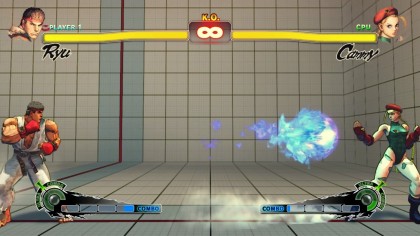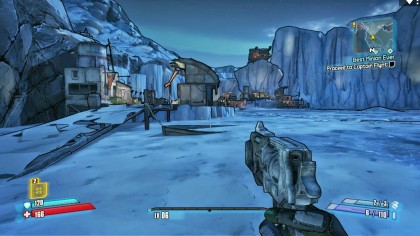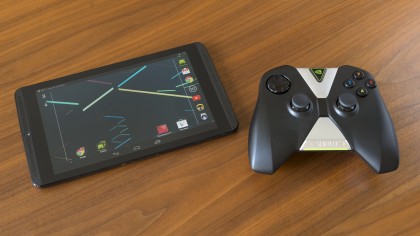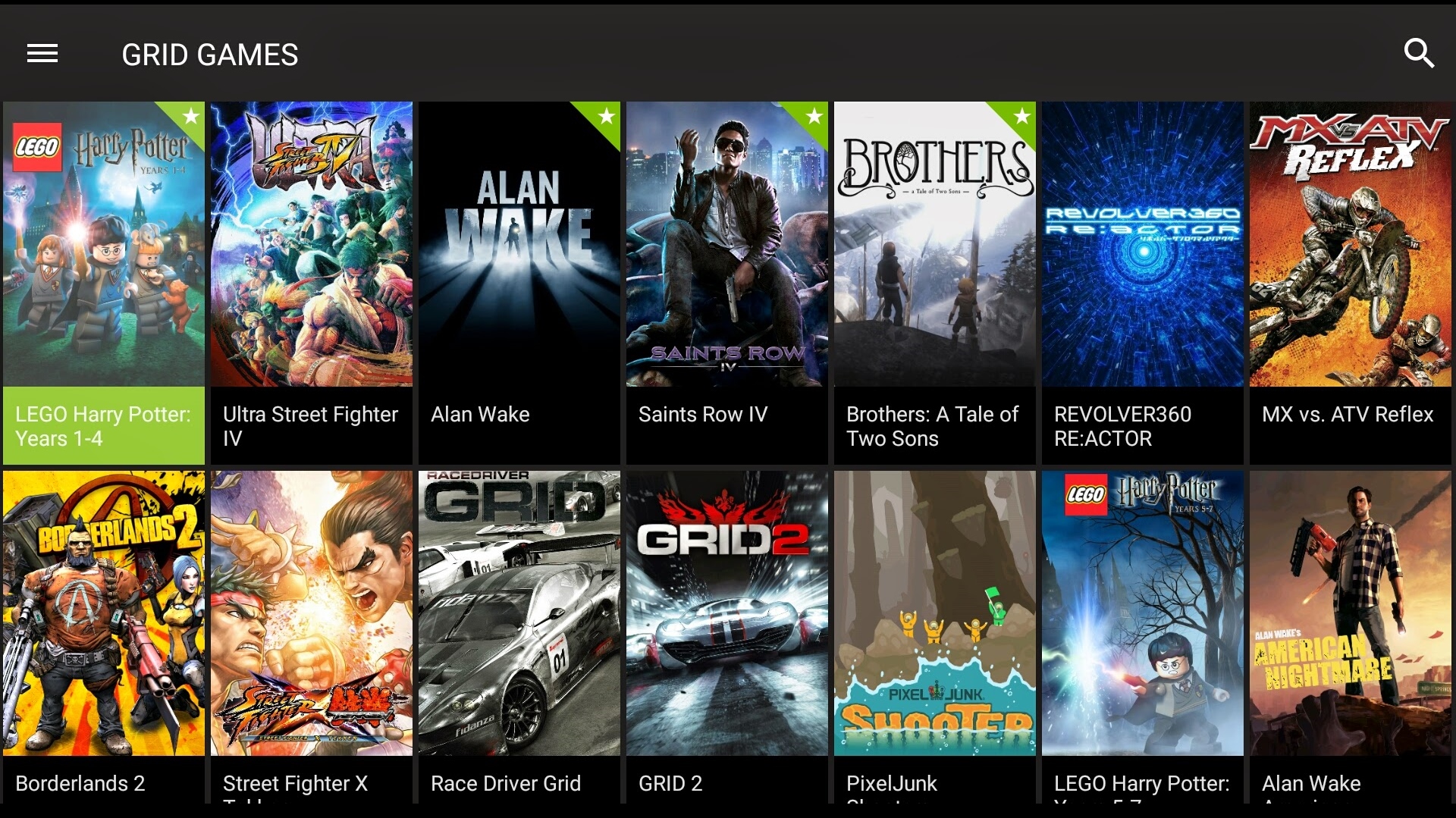Why you can trust TechRadar
Spend a few minutes with Grid, and you'd be hard-pressed to avoid comparing it to PlayStation Now. Both systems stream games from the cloud, take a few seconds to start up and don't take up any space on your hard drive.
Nvidia's service both starts up a bit faster than Sony's Now, though, once Sony's service gets going you can count on buttery-smooth performance for the entirety of the session.

The biggest differentiator are its platforms and its price. While PlayStation Now has an entire ecosystem at its disposal (PS4, PS3, PS Vita and PlayStation TV), Grid is only available on two machines available today, the Nvidia Shield Tablet and Nvidia Shield Portable.
Finally, while Sony's streaming service is a bit more expensive at $19.99 per month compared to Nvidia Grid's free-ninetynine, you don't need to buy as expensive of hardware to use it.
Pricing
Pricing is where Nvidia has a serious upper hand: 40 games are available to play at 720p and free. For now.
Now that may raise some ethical concerns. You might think, "if we're not paying for the games, do the developers go unpaid for their hard work?" No. Absolutely not. Nvidia is paying them on your behalf for every session. How much this will cost them in the end is unclear, but you can rest easy at night knowing the developers are getting a cut.
But that's only in the interim between now and June 30, 2015. Eventually, Nvidia told me it may adopt a tiered model for payment that would work "in a similar fashion to Netflix" according to CEO Jen-Hsun Huang.
While there are a few problems with the service (don't worry, I'm getting there), pricing isn't one of them. Nvidia should have no problem finding plenty of folks willing to shell out for a collection of games so long as it a.) keeps the cost under $20 per month and b.) continues to make new games available.
Stream quality
The biggest strike against Nvidia Grid are its difficult-to-achieve recommended specifications. The service seems to work better than when I tested it five months ago, but over a four-hour playtest, I still hit a few bumps (and a complete disconnect) while streaming.

You don't necessarily need the fastest connection in the world, however. Games can be streamed without hitting the minimum 5Mbps speed, but doing so greatly increases your chances of hitting skips, lag and hiccups.
What was surprising, and somewhat depressing, was that even at blistering speeds of 40 or 50Mbps down, the stream wasn't perfect. In games like Borderlands, stuttering would happen right after I engaged an enemy or, when I was playing Race Driver Grid, right before I needed to make a sharp turn. One hiccup later and I found myself at half health or, worse, was sent spinning out of control after hitting the guardrail at 95 miles per hour.
These issues only happened because of the 150ms lag time between the cloud and my Shield. Though, Nvidia tells me that my lack of a game stream-ready router was likely the main culprit.

And it doesn't affect all games equally, I noticed. Input-sensitive games, like Ultra Street Fighter IV and Grid 2, had more problems than Batman or Borderlands. A slight dip in frame rate means the difference between a counter-hit and a complete miss, and that severely hurt my overall impression with the system.
So, why does this affect Grid and the Shield Tablet, but not PlayStation Now? The PS Vita aside, Sony systems have an Ethernet port that allows for steady, consistent connection. Or, in the case you're on Wi-Fi, Sony puts up a simple bandwidth gate that stops users with slow connections from getting at the service. It seems harsh, but it's better to stop someone before they start streaming than it is to let them have a less-than-perfect experience.
It's not all bad news, though. Nvidia keeps your instance of the game running on the server if you accidentally get disconnected. You'll have about three or four minutes to reconnect before the system idles out. It's sad that a system like this even needs to exist, but having a way to quickly and easily jump back into the game is far better than losing everything you've accomplished since the last checkpoint.
Nick Pino is Managing Editor, TV and AV for TechRadar's sister site, Tom's Guide. Previously, he was the Senior Editor of Home Entertainment at TechRadar, covering TVs, headphones, speakers, video games, VR and streaming devices. He's also written for GamesRadar+, Official Xbox Magazine, PC Gamer and other outlets over the last decade, and he has a degree in computer science he's not using if anyone wants it.
What is a hands on review?
Hands on reviews' are a journalist's first impressions of a piece of kit based on spending some time with it. It may be just a few moments, or a few hours. The important thing is we have been able to play with it ourselves and can give you some sense of what it's like to use, even if it's only an embryonic view. For more information, see TechRadar's Reviews Guarantee.

